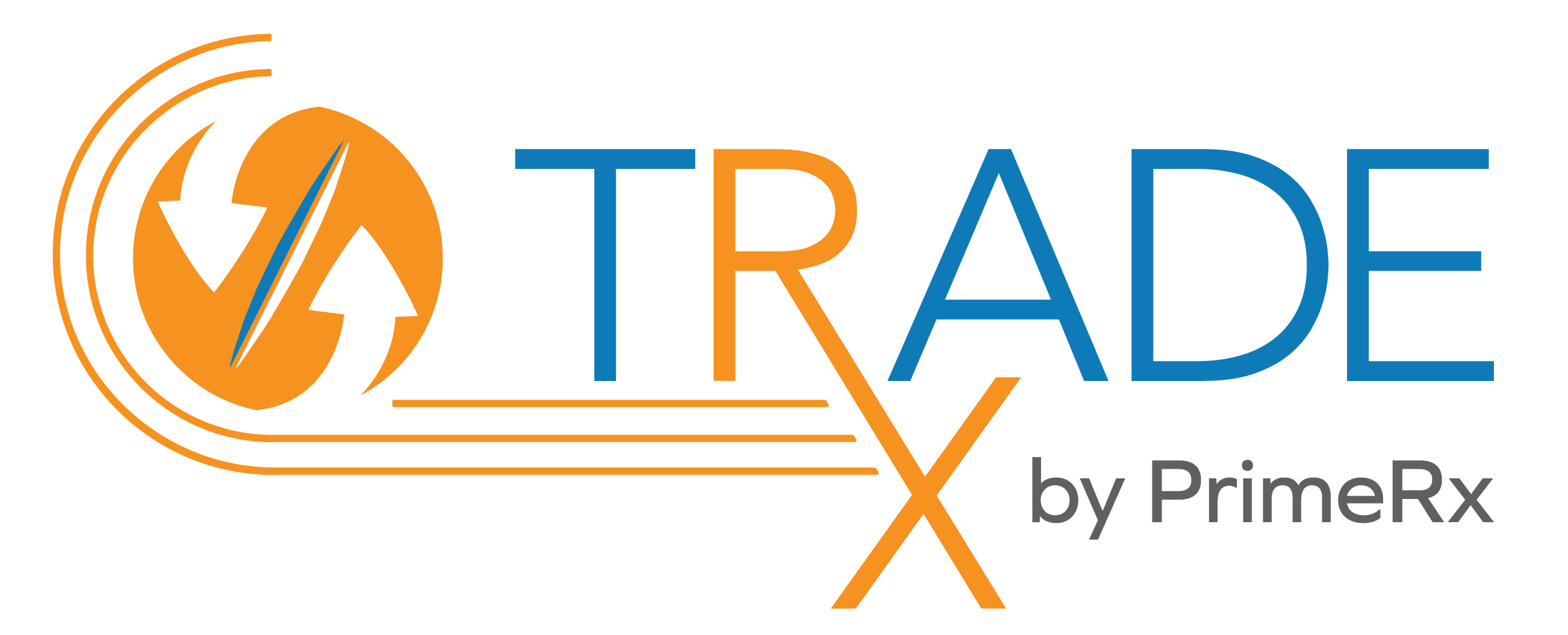Here are 3 very different opportunities for independent pharmacies to consider as ways to strengthen patient relations and gain new business.
New rules will allow pharmacies to help patients dispose of unused prescriptions
In an effort to reduce the availability of unused controlled pharmaceuticals, Attorney General Eric Holder has announced that beginning in October, pharmacies and clinics will be able to set up permanent collection drop-boxes in their facilities.
Patients wanting to remove unused controlled drug from their homes have had few options beyond throwing them away or flushing them down the toilet. Both of those options are discouraged because of the potential environment damage from complex organic molecules.
Since 2010, law enforcement facilities could serve as drug collection drop-box locations. But with federal, state, and local agencies making more of an effort to reduce the theft and abuse of prescribed medications, expansion of the drop-box program is seen as a natural extension of that effort.
Authorities have been encouraged by the success of DEA’s own pill-take-back events. Such an event in April yielded 390 tons of prescription drugs at 6,000 locations.
Final regulations for the drop-box program will be released on September 27 and go into effect on October 9.
I expect some Independent pharmacies will see the drop-box program as an opportunity to become more involved with patent education and treatment (and certainly a way to bring patients back to the pharmacy), while others will view it as a potential problem not worth the risks.
Will you be interested in having your pharmacy serve as an unused prescription disposal location? Please share your thoughts in the comments below.
Support growing for provider status legislation H.R.4190 – To amend title XVIII of the Social Security Act to provide for coverage under the Medicare program of pharmacist services.
The number of members of congress who have signed up to co-sponsor H.R. 4190 has grown to 105, including 54 Democrats and 51 Republicans.
According to a Legislative Summary provided by ASHP, “H.R. 4190 will enable Medicare beneficiaries access to pharmacist-provided ambulatory-based patient care services under Medicare Part B by amending section 1861(s)(2) of the Social Security Act. These services would be reimbursable under Medicare Part B if they are provided in medically underserved communities and consistent with state scope of practice laws.”
In other words, there will finally be a mechanism for pharmacists to be reimbursed by Medicare for services they are already performing.
If you aren’t already familiar with the Medically Underserved Areas (MUA) near you, it’s time to find out where they are – and they are all over. As noted in this very supportive opinion piece in the Boston Globe, there are MUA in 12 of 14 Massachusetts counties.
The Health Resources and Services Administration (HRSA) defines MUAs “… as having: too few primary care providers, high infant mortality, high poverty and/or high elderly population.” You can find qualifying areas on their website.
Check this list of co-sponsors to see if your representative has become a sponsor yet. If not, this article from the American Pharmaceutical Association will tell you how to ask your congressperson to support H.R. 4190.
Apps can help patients take medication as prescribed
In 2013, the Journal of the American Medical Association reported that 30-50% of U.S. adult patients don’t adhere to their prescriptions. According to the American Heart Association, 10% of all hospital admissions are a result of a patient failing to take their medications properly.
Seeing an obvious need, developers have been cranking out medication adherence apps like candy. With so many on the market it’s just about impossible to try them all. Fortunately, you don’t have to.
In the current issue of Pharmacy Practice News, Paul Bufano writes that a team of researchers from the University of Arkansas for Medical Sciences, College of Pharmacy tested and ranked 160 medical application apps. Here are their top 5.
- MyMed Schedule
- MyMeds
- MedSimple
- Meds Agenda (check your app store)
- RxmindMe Prescription
Rather than give you descriptions for each that are too brief to suffice, I suggest you click the links and learn more about them. Finding one or two apps you can recommend to your patients with adherence problems could make you an even more indispensable resource.
Do you have a favorite medication adherence app? Tell us about it in the comments.
